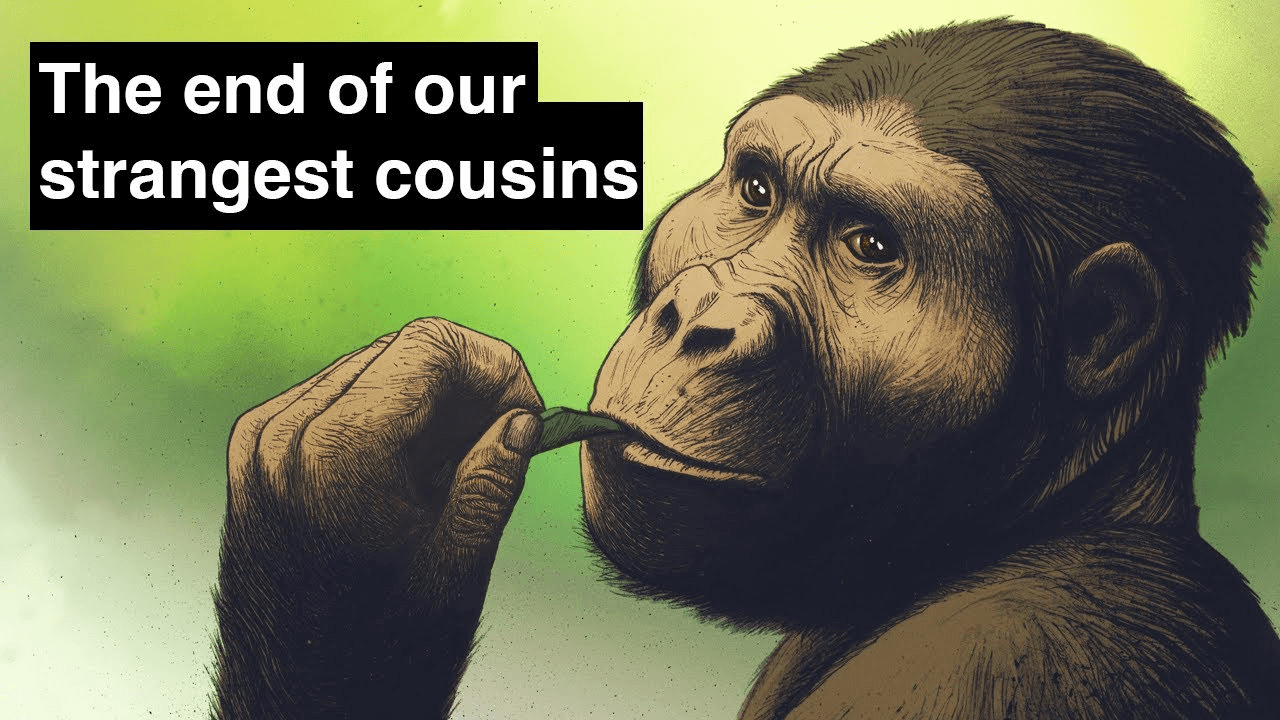The video takes us on a journey spanning 3.7 billion years of human and ancestral evolution, with a particular focus on the period one million years ago. Across nine archaeological sites worldwide, the narrator delves into the activities of humanity during this pivotal time.
Among these sites, the Oldupai Gorge in Tanzania stands out as a crucial location, yielding fossils and tools that shed light on our ancestors. Notably, remains of robust Australopithecus or Paranthropus boisei have been unearthed here. Although not direct ancestors of humans, these hominins walked upright and left a mark on our evolutionary journey.
Paranthropus possessed distinctive traits, including massive jaws and skull crests akin to gorillas, adapted for chewing tough vegetation. Their diet likely comprised grasses, plants, and perhaps meat, marking them as among the earliest toolmakers.
The extinction of Paranthropus was a complex, protracted evolutionary process. Throughout, the narrator underscores the role of curiosity in human advancement and recommends KiwiCo activities to nurture this trait in children, fostering a spirit of exploration and inquiry.







